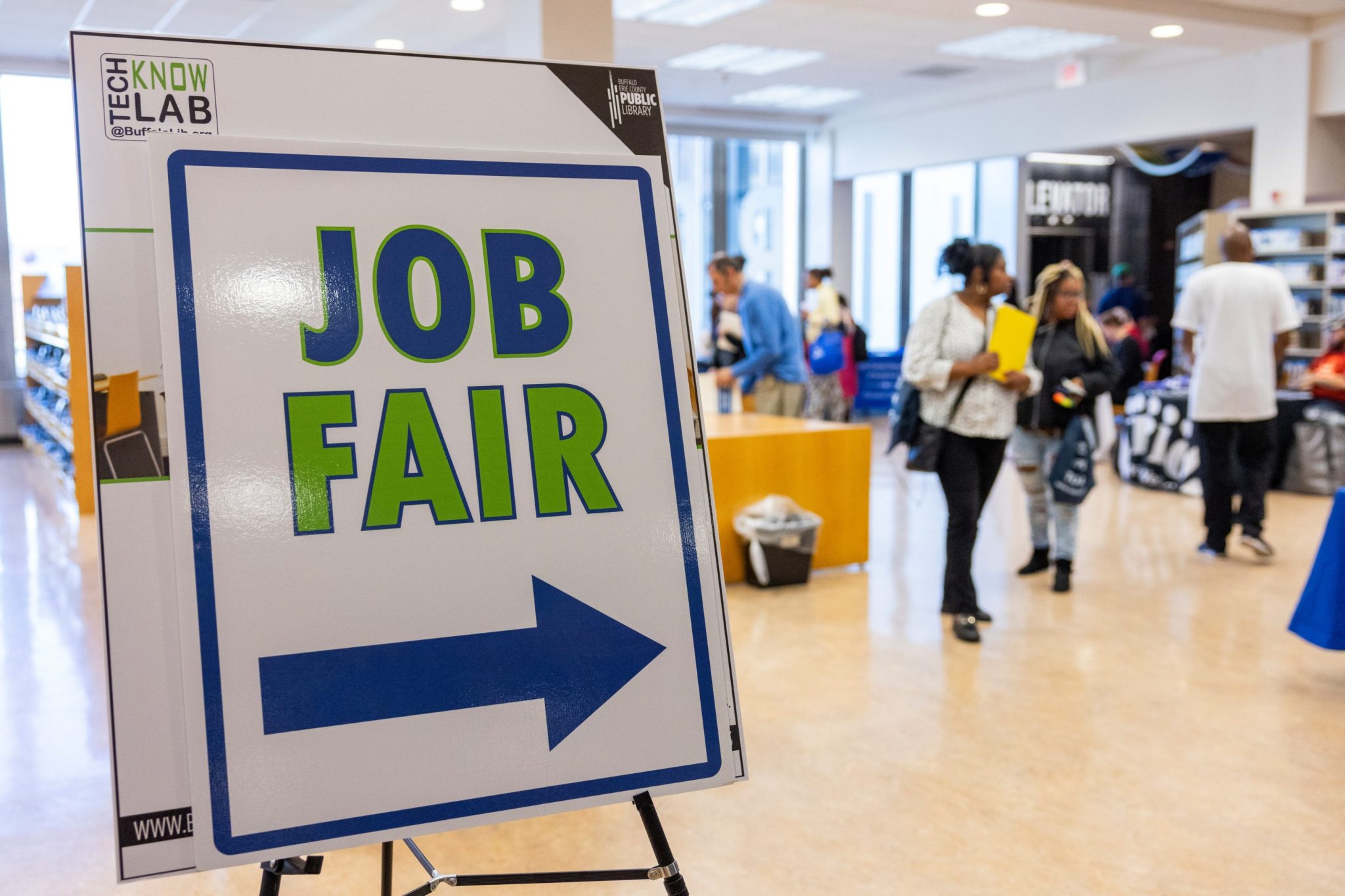
While many economists acknowledge the labor market has held up remarkably well over the past few years, analysts are beginning to fear its luck has run out.
Friday’s labor market data showed the U.S. job market added a measly 22,000 roles last month, managing not to slip into the territory of unemployment on account of immigration and retirement figures rising.
And this week two further datasets raised eyebrows, including a whopping downward revision of 911,000 jobs from the Bureau of Labor Statistics’ nonfarm payroll reporting for the year ended March 2025. That data, released Tuesday, showed a contraction of 0.6% compared to previous estimates.
Further data released Monday supports the notion the American job market may be at a turning point, with early data from jobseekers suggesting it’s getting increasingly more difficult to land a role. In fact, they feel the employment landscape hasn’t been this tough in four years.
In its Employment Trends Index (ETI) released yesterday, the Conference Board reported its benchmark had declined in August to 106.41, from a downwardly revised 107.13 in July. If the index is charting up, that bodes well for the labor market; if it declines, it signals tougher times ahead.
Among the components of the index is the share of consumers who report “jobs are hard to get,” which rose to 20% in August from 18.9% in July and is the highest share since early 2021, the height of the COVID pandemic.
An alarm bell can also be heard in the marker of the temporary-help industry, which fell by 9,800 in August. This is a useful signal, the Conference Board notes, as temporary workers are often laid off before permanent roles are axed. As such, this signals job cuts are happening but are yet to hit full-time, permanent employment.
While the decline in the ETI is an ongoing trend Mitchell Barnes, an economist at The Conference Board, noted the changes in temporary help and job sentiment are warning signs. He said: “The ETI peaked two or three years ago and has been falling ever since, where the decline likely captured normalization of the distorted post-pandemic labor market, not weakness. However, the degree of weakness among August’s components is disconcerting.”
“Layoffs and unemployment remain low as companies navigate through continued uncertainty. But tariff pressures are expected to intensify, raising inflation and reducing consumption, which could restrain activity and dampen future hiring,” Barnes continued.
A turning point
In the past, the ETI has served fairly reliably as a precursor to wider employment trends, for example dropping in the months leading to a plummet in employment or rising just ahead of increased activity in the job market.
At present, the ETI has been falling steadily since around 2022 while employment nonfarm employment has continued to track upwards.
Barnes added: “While the labor market remained resilient over much of this year, six of eight ETI components were negative in both July and August for the first time since November 2024. This potentially marks a turning point, where business activity is slowing more materially to reflect softer business confidence levels.”
ClearBridge’s Jeff Schulze, head of economic and market strategy, was a little less concerned by the divergence between the ETI and the employment data saying the metric “has suffered from the post-pandemic ‘vibecession’ where many sentiment surveys have been biased negatively without translating into actual changes of behavior.”
Indeed, while Schulze admits hiring has slowed more quickly than he anticipated, there is reason to be confident a pick-up is around the corner. This is on account of policy transparency increasing in the coming months be it from tariffs or the One Big Beautiful Bill Act.
In a note to clients he wrote: “Our belief is that the underlying health of the labor market remains solid, despite the recent shocks. As the impacts from these shocks fade, we believe the resilience of the U.S. economy will once again shine through as we move into 2026 in the form of a pickup in job creation.”















